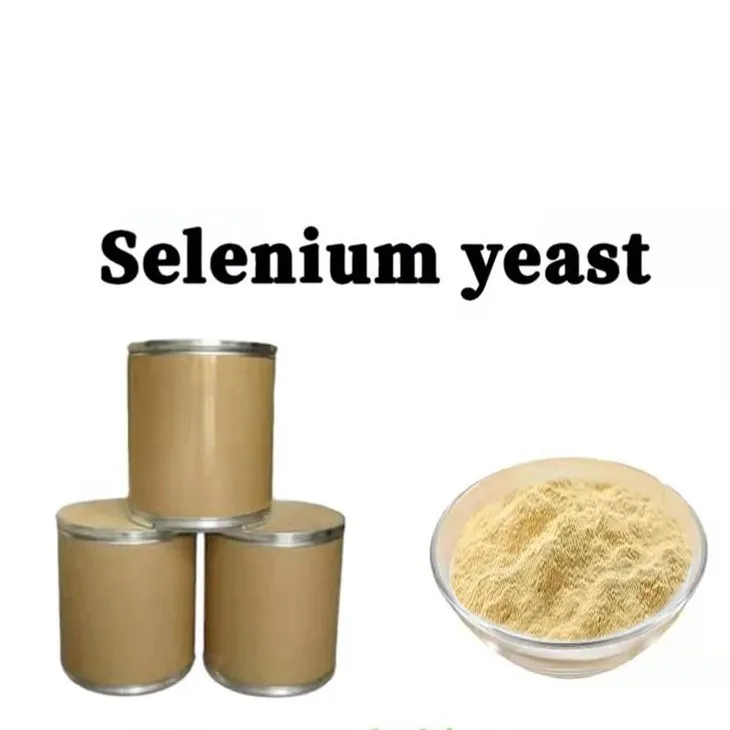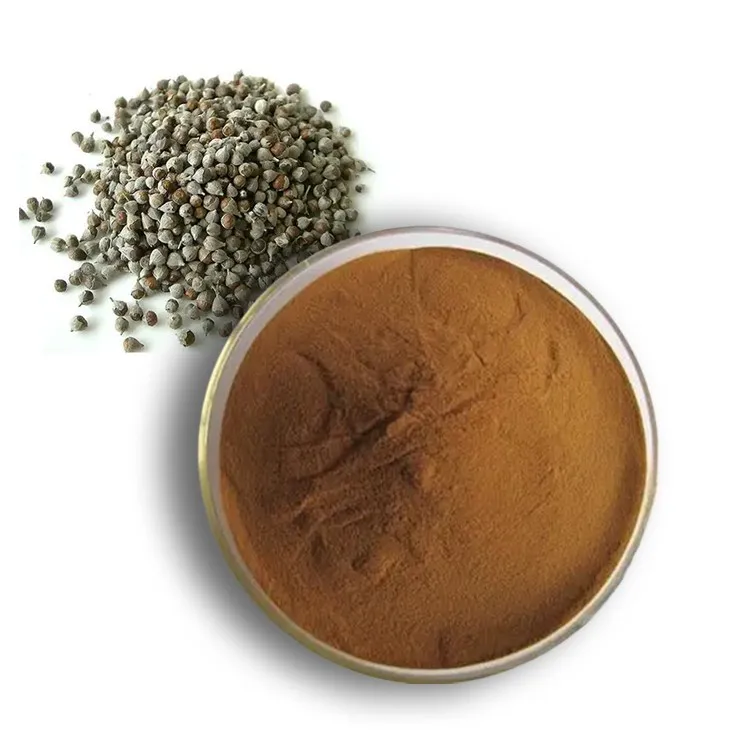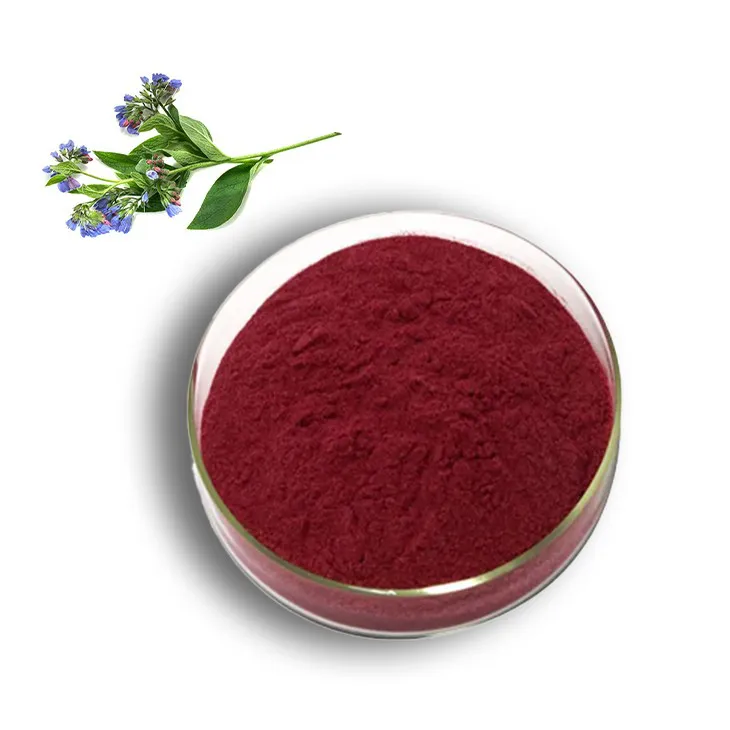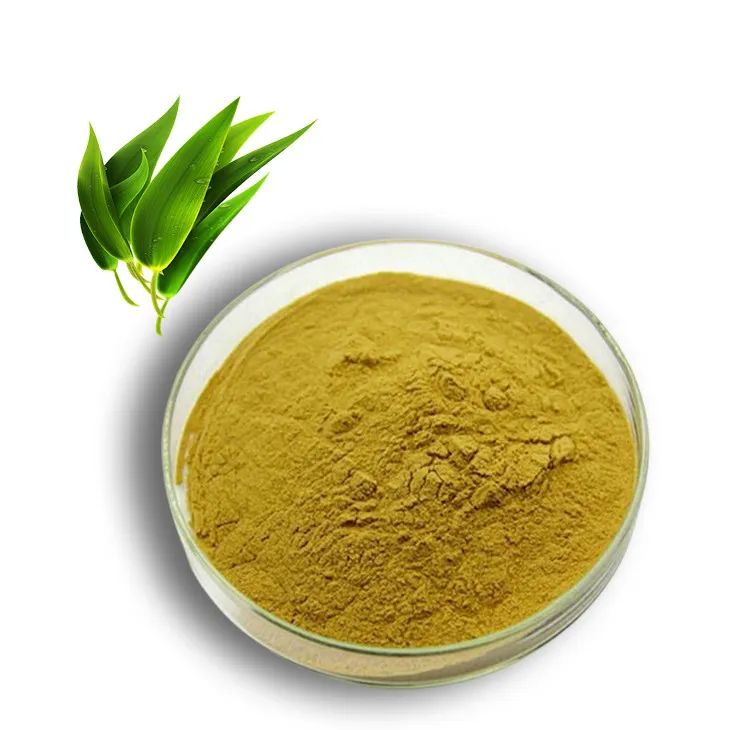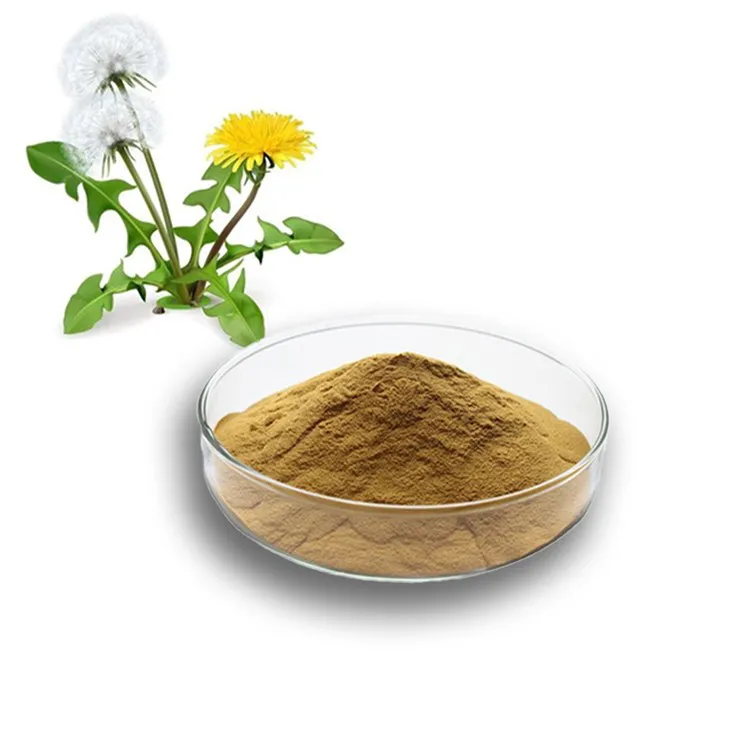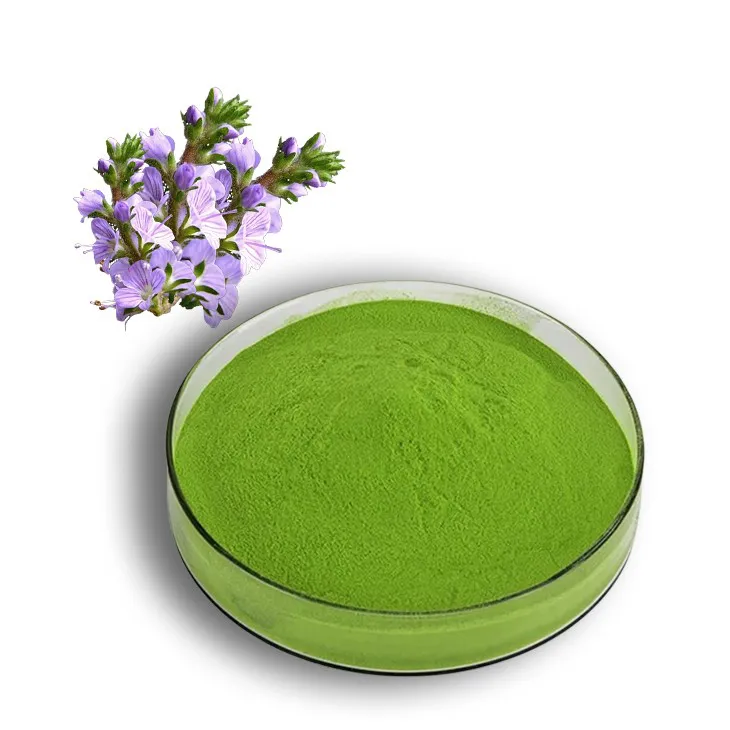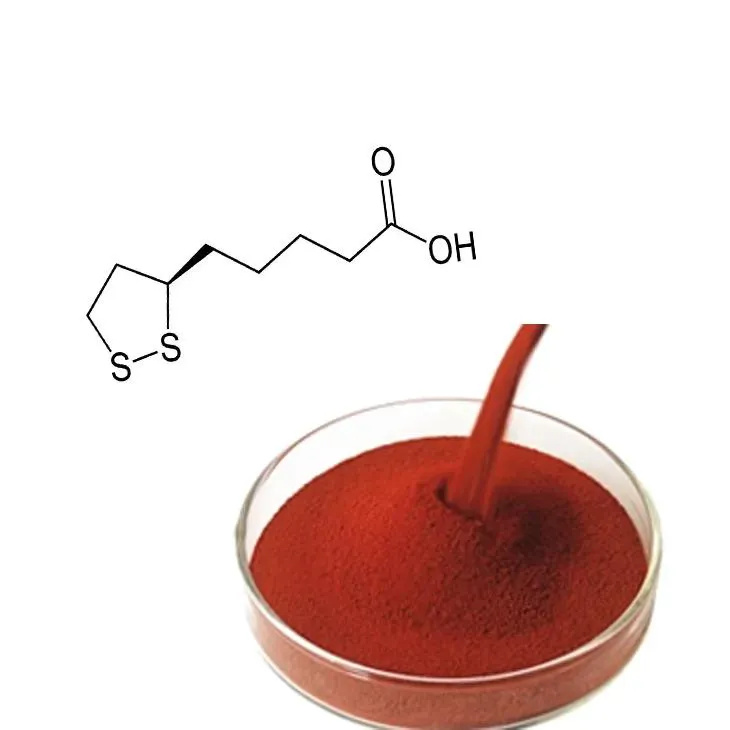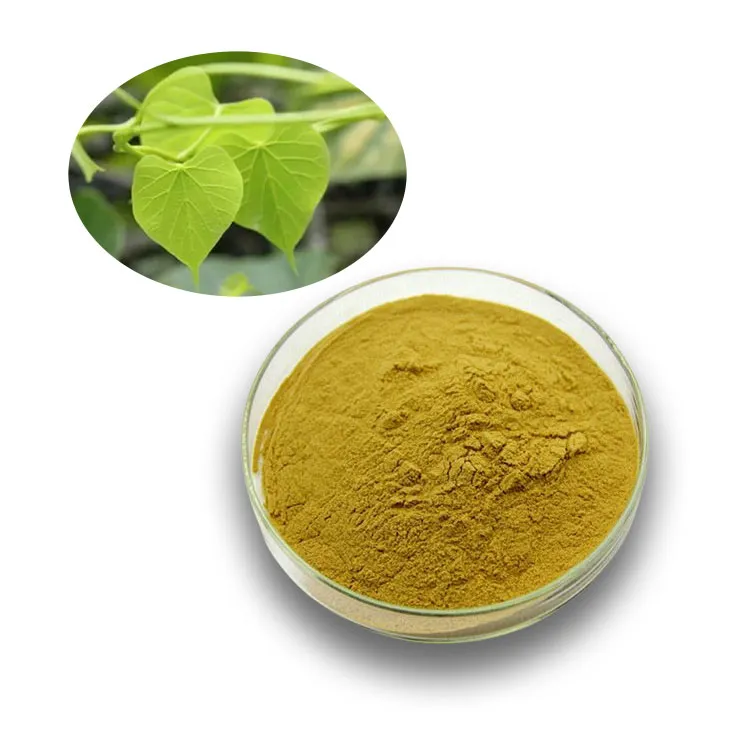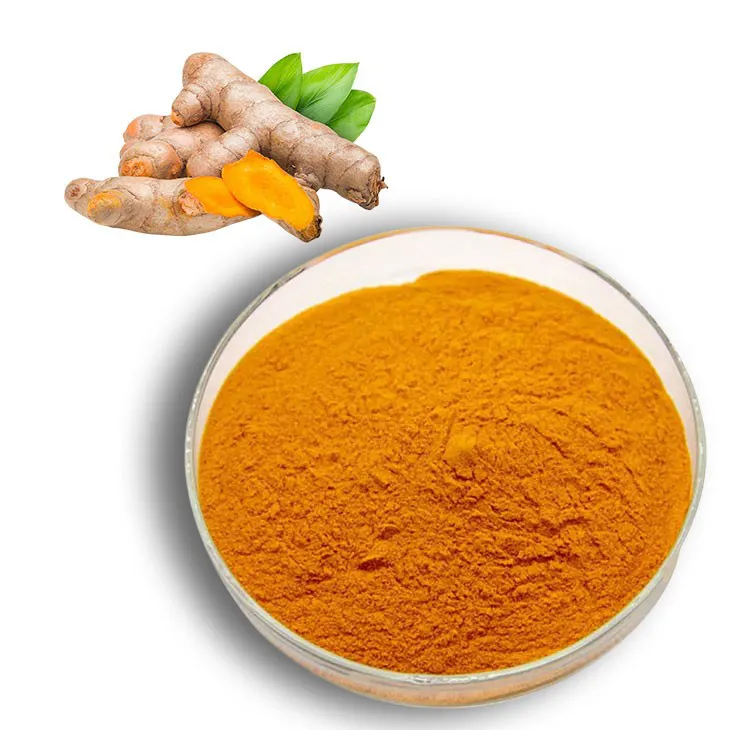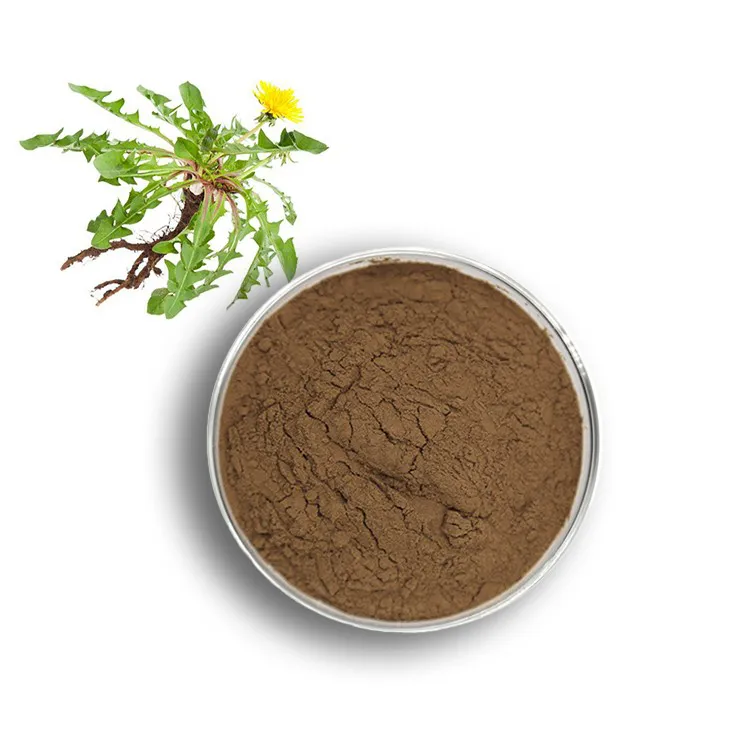- 0086-571-85302990
- sales@greenskybio.com
Treatment Options: Identifying the Best Medicine for Varicose Veins
2025-09-23
Varicose veins are a common medical condition affecting millions of individuals worldwide, marked by swollen, twisted veins typically appearing in the legs and feet. Although sometimes merely a cosmetic concern, varicose veins can also cause discomfort and lead to complications such as pain, swelling, and even ulcers. Given the prevalence of this condition, many affected individuals seek effective therapies to alleviate symptoms and improve their quality of life. This article explores the various treatment options available for varicose veins, aiming to identify the best medicine and strategies for managing this condition.
Understanding Varicose Veins
To determine the most appropriate treatment for varicose veins, it is essential to comprehend the underlying causes. Varicose veins develop when the valves within veins malfunction, causing blood to pool rather than flow efficiently toward the heart. This leads to increased venous pressure, resulting in the characteristic bulging and twisted appearance. Contributory factors include genetics, aging, obesity, prolonged standing, and pregnancy.
While choosing an effective treatment, considerations such as the severity of symptoms, overall health, and patient preferences play a pivotal role. Medications form one component of a broader array of therapeutic strategies, which vary based on individual circumstances.
Medical Treatments for Varicose Veins
Several treatment options are available for varicose veins, varying in suitability and effectiveness depending on the specific needs of each patient. While medications can alleviate symptoms, other interventions may be necessary to address more severe cases.
1. Compression Therapy: Although not a medicinal treatment per se, compression stockings are actively recommended by healthcare practitioners as a first-line treatment for varicose veins. These stockings apply graduated pressure that assists in improving blood flow and reducing discomfort and swelling. Compression therapy is effective in managing symptoms and preventing the progression of varicose veins.
2. Phlebotropics: Phlebotropic agents are medications available as dietary supplements that focus on strengthening vein walls and improving vein tone. Common ingredients include Diosmin and Hesperidin, which are derived from citrus fruits. These phlebotropics may reduce symptoms such as pain, swelling, and heaviness associated with varicose veins.
3. Venomateries: Venomateries, like flavonoid-based medications, aim to alleviate symptoms by enhancing venous return. These include drugs with escin and rutoside, which are obtained from Horse Chestnut Extract. Such remedies may offer symptom relief, yet they are more supplemental rather than curative treatments.
Surgical and Minimally Invasive Procedures
In cases where medications and conservative measures like compression therapy prove insufficient, surgical or minimally invasive procedures may be necessary:
1. Sclerotherapy: This popular treatment involves injecting a solution directly into the affected vein, causing it to collapse and eventually fade. Sclerotherapy is effective for smaller varicose veins and spider veins, providing symptom relief and cosmetic improvement.
2. Endovenous Laser Therapy (EVLT): EVLT involves the use of laser energy to seal off affected veins, rerouting blood flow through healthier veins. This outpatient procedure offers minimal discomfort and quicker recovery times compared to traditional surgery.
3. Radiofrequency Ablation: Similar to EVLT, radiofrequency ablation uses radio waves to heat and close damaged veins. It is an effective option for larger varicose veins, providing long-term symptom relief and improved leg aesthetics.
4. Surgical Stripping: In severe cases, surgical removal of varicose veins may be necessary. Known as vein stripping, this procedure involves physically removing the affected veins through small incisions. While effective, it requires anesthesia and comes with a longer recovery period.
The Patient-Centric Approach
The best treatment for varicose veins depends on individual factors such as the severity of symptoms, patient preferences, and overall health. Here are key considerations when tailoring a patient-centric treatment approach:
1. Severity Assessment: Healthcare providers assess the severity of varicose veins through physical examinations and diagnostic imaging, identifying the most appropriate intervention based on findings.
2. Patient Preferences: Some patients prioritize non-surgical approaches, while others may prefer procedures that yield faster results. Discussing treatment options with patients is crucial for aligning decisions with personal priorities.
3. Cost Considerations: Cost implications of different treatments can influence decision-making, particularly when balancing efficacy and affordability.
4. Risk Assessment and Recovery Time: The risk factors and recovery times for various treatments must be evaluated, ensuring alignment with the patient's lifestyle and health status.
The Role of Lifestyle Management
In addition to medications and procedures, lifestyle modifications remain integral to managing varicose veins:
1. Exercise: Regular physical activity enhances blood circulation, reduces symptoms, and prevents worsening of varicose veins.
2. Weight Management: Maintaining a healthy weight reduces strain on veins, improving symptoms and overall vascular health.
3. Dietary Measures: A balanced diet rich in fruits and vegetables, particularly those high in flavonoids, supports vascular health and symptom management.
Conclusion
Identifying the best medicine for varicose veins involves understanding available treatment options and tailoring them to individual needs. While medications can provide symptomatic relief, other interventions such as compression therapy, sclerotherapy, and minimally invasive procedures may offer more comprehensive solutions. Through personalized consultations with healthcare professionals, patients can select treatments that align with their preferences and medical needs, enhancing comfort and quality of life.
Ultimately, managing varicose veins effectively requires a holistic approach incorporating medication, medical procedures, lifestyle changes, and ongoing medical support. By navigating treatment options with informed decision-making, patients can achieve positive outcomes, mitigating discomfort and improving the appearance of varicose veins. As research in vascular medicine continues to evolve, new treatments may provide even more effective solutions for those seeking relief from this prevalent condition.
- ▶ Hesperidin
- ▶ citrus bioflavonoids
- ▶ plant extract
- ▶ lycopene
- ▶ Diosmin
- ▶ Grape seed extract
- ▶ Sea buckthorn Juice Powder
- ▶ Beetroot powder
- ▶ Hops Extract
- ▶ Artichoke Extract
- ▶ Reishi mushroom extract
- ▶ Astaxanthin
- ▶ Green Tea Extract
- ▶ Curcumin Extract
- ▶ Horse Chestnut Extract
- ▶ Other Problems
- ▶ Boswellia Serrata Extract
- ▶ Resveratrol Extract
- ▶ Marigold Extract
- ▶ Grape Leaf Extract
- ▶ blog3
- ▶ Aminolevulinic acid
- ▶ Cranberry Extract
- ▶ Red Yeast Rice
- ▶ Red Wine Extract
-
Selenium yeast
2025-09-23
-
Chaste Berry Extract
2025-09-23
-
Shikonin
2025-09-23
-
Bamboo Leaf extract
2025-09-23
-
Dandelion Leaf Extract
2025-09-23
-
Alfalfa Meal
2025-09-23
-
Astaxanthin
2025-09-23
-
Tinospora cordifolia extract
2025-09-23
-
Curcuma Longa Extract/Turmeric extract
2025-09-23
-
Dandelion Root Extract
2025-09-23











